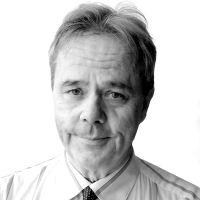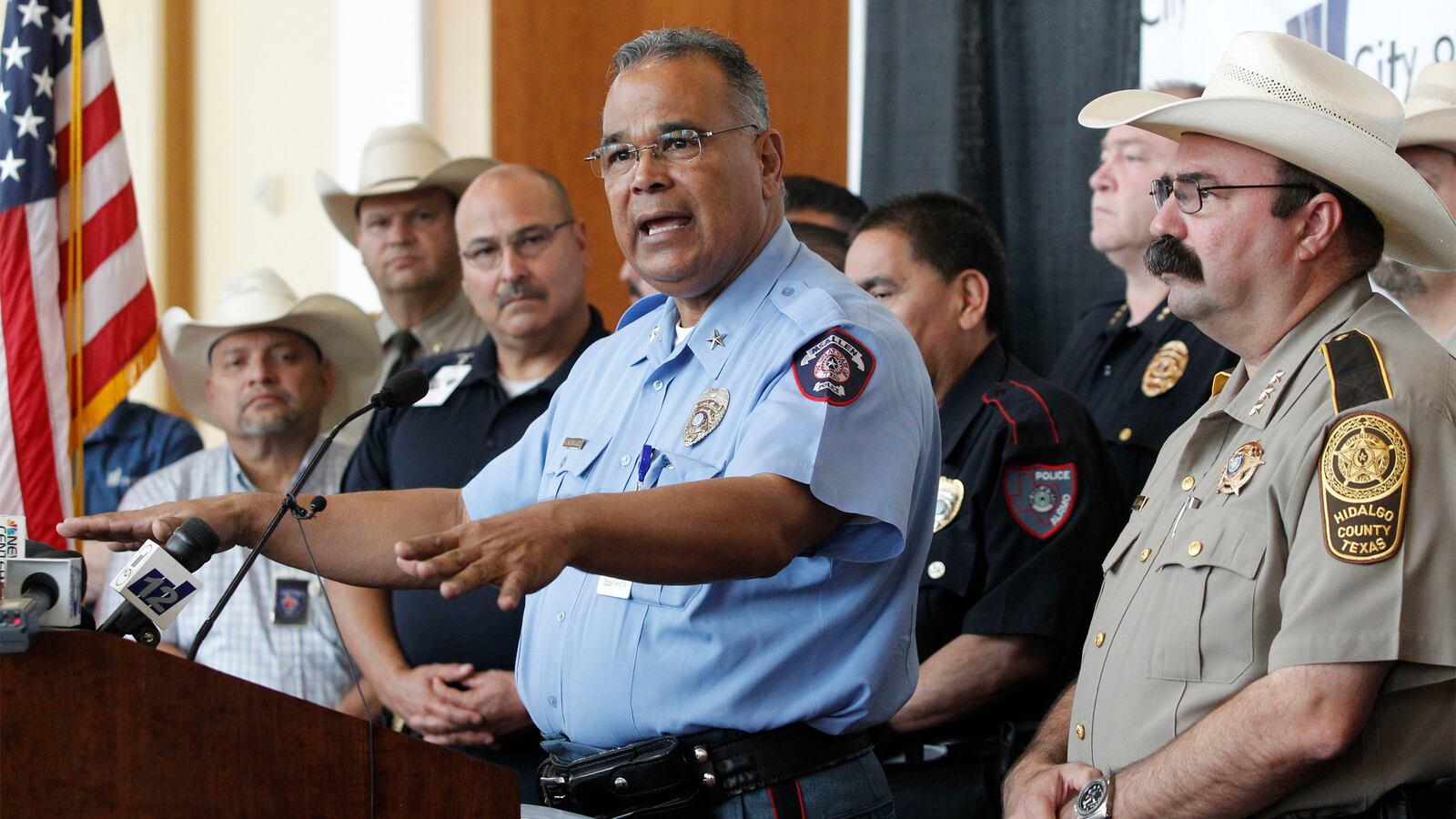As fearmongers depict the southern border as a region made lawless by invading hordes, Police Chief Victor Rodriguez of McAllen, Texas, has presided over a 12th straight year of crime reduction.
“We’re working on the 13th,” he told The Daily Beast on Friday.
In fact, crime in his border city of 145,000 is at the lowest level going back to 1985 when stats began to be accurately recorded.
“And the only reason it’s only 37 years is that’s what's on the books,” he said.
With Mexico only 11 miles away, McAllen is visited by a steady stream of politicians who come to inspect the border, and Rodriguez has perpetual difficulty dispelling the presumptions they bring with them.
“The reality and how the world is seeing us are two different things,” he said.
As of this month, McAllen’s violent crime rate is 180.2 per 100,000 people, less than a tenth that of the cities with the nation’s highest rate, St. Louis (2,082), Detroit (2,057), and Baltimore (2,027).
The violent crime rate in the other border cities is not as low as McAllen’s but still below what most people would likely expect. The Texas cities of McAllen, Brownsville, Laredo, Eagle Pass and El Paso, combined with Yuma in Arizona, Sunland Park in New Mexico, and San Diego in California, have a violent crime rate of 340.2. That is well below the national average of 388.5.
The numbers all along the border are partly explained by the wild west simply being not so wild, especially with the presence of Customs and Border Patrol and other law enforcement agencies. McAllen’s crime rate of less than half the national average can also be attributed to the application of a kind of unplugged version CompStat—the computer-based strategy of rapid deployment and relentless follow-up that triggered New York’s dramatic decline in violent crime during the 1990s.
“CompStat McAl-style,” Rodriguez said.
“We look at data points every morning,” he added.
With a ratio of two officers per 1,000 residents, he is able to quickly deploy his cops where they are needed. Since the approach reduces crime, that cuts the number of cases the investigators have, which gives them more time to work on each one, which further reduces crime.
In New York, during what is called “the bad old days,” a squad specializing in multiple perpetrator robberies in the subway was able to reduce them from 1,200 a year to 12. Rodriguez was able to achieve a comparable result with cops who specialize in auto thefts. Some 2,100 cars were stolen a year in McAllen in the 1990s. The number in the last few years has dropped to around 50.
Such successes reassure McAllen’s majority of honest working people, which the chief credits as the major factor in reducing homicides and other forms of mayhem.
“We have a good community, we have a peaceful community,” Rodriguez said. “We have a law abiding community, and that translates to less what we call violent crimes.”
Meanwhile, a host of politicians continue to foster the illusion that McAllen is at the epicenter of chaos. Rodriguez stands ready to enlighten anyone who is interested in the reality.
“We’re going great,” he said. “We could be doing maybe greater, I think, if we didn't have to overcome the perception. It is something we contend with on a regular basis.”
This law-abiding border town is a continuing example that the whole country could turn to as crime threatens to spike out of control and the social fabric seems to be unraveling.
“We keep plugging away,” Rodriguez said. “It's not like we woke up yesterday and said, ‘Okay, we gotta do better now.’ We've been at this now for going on 13 years, trying to make sure that our community is not what the rest of the world thinks it is.”








